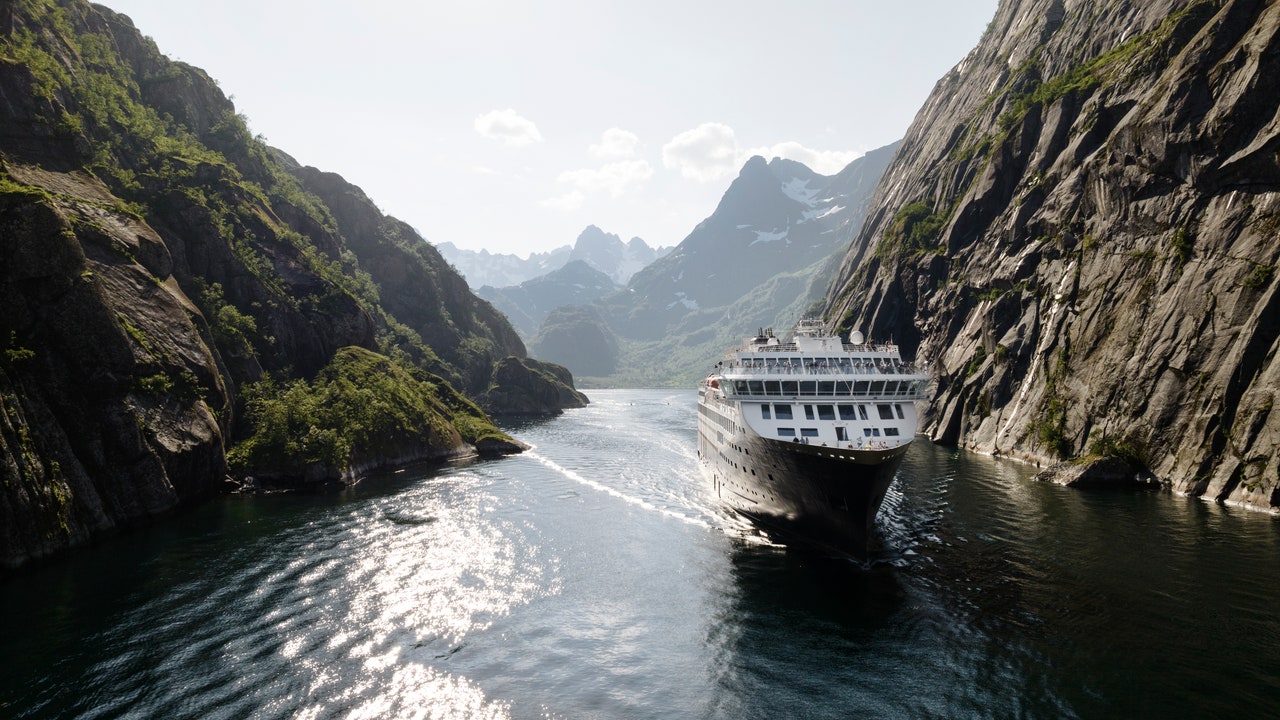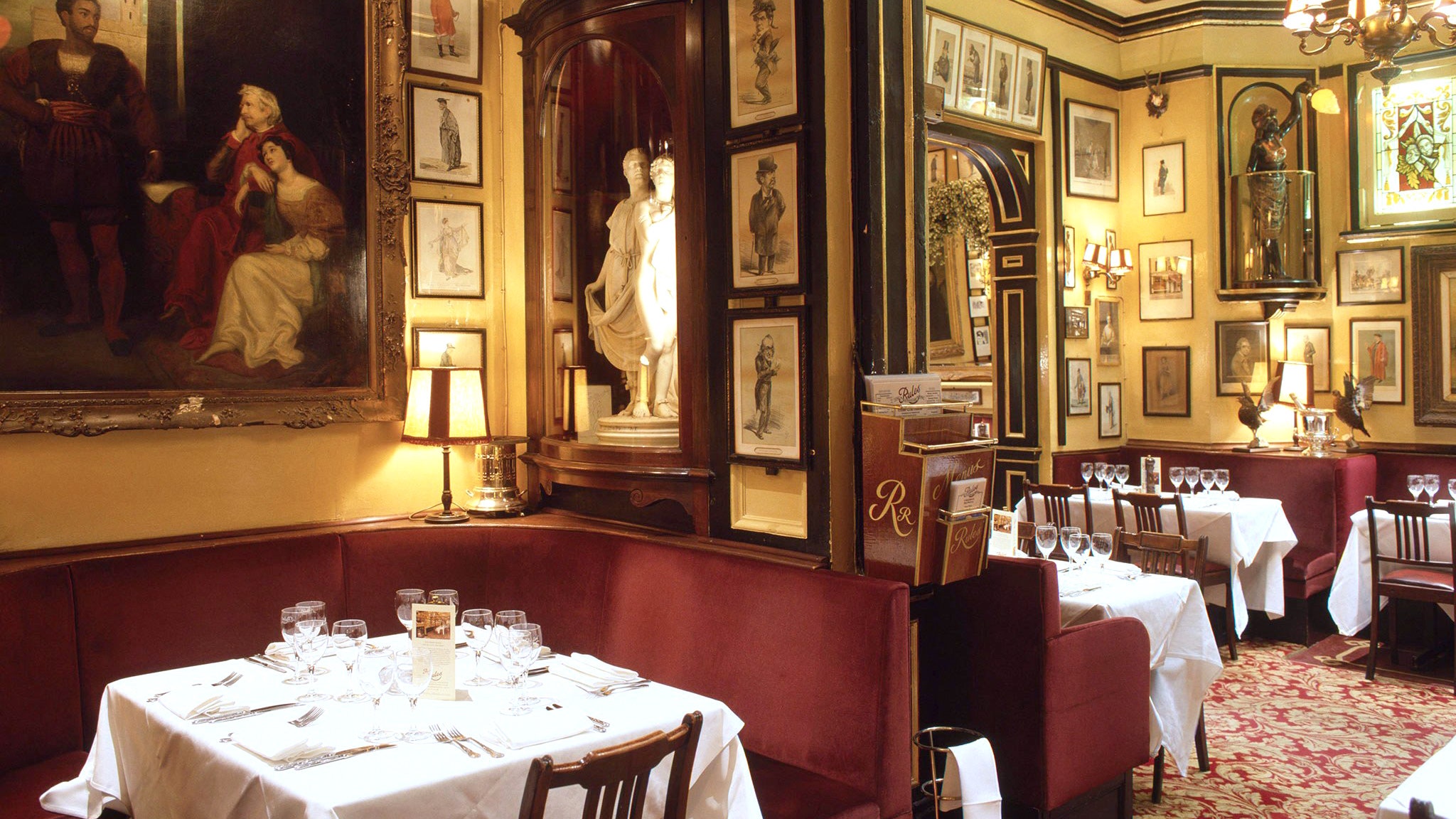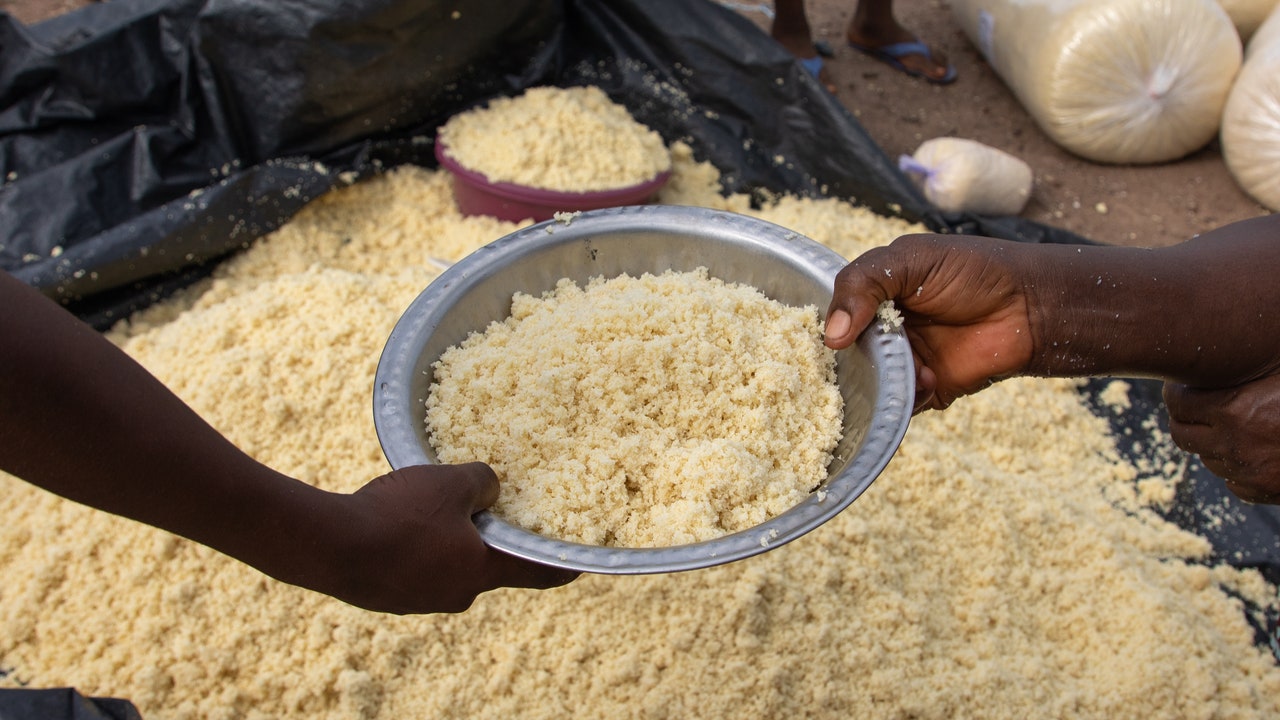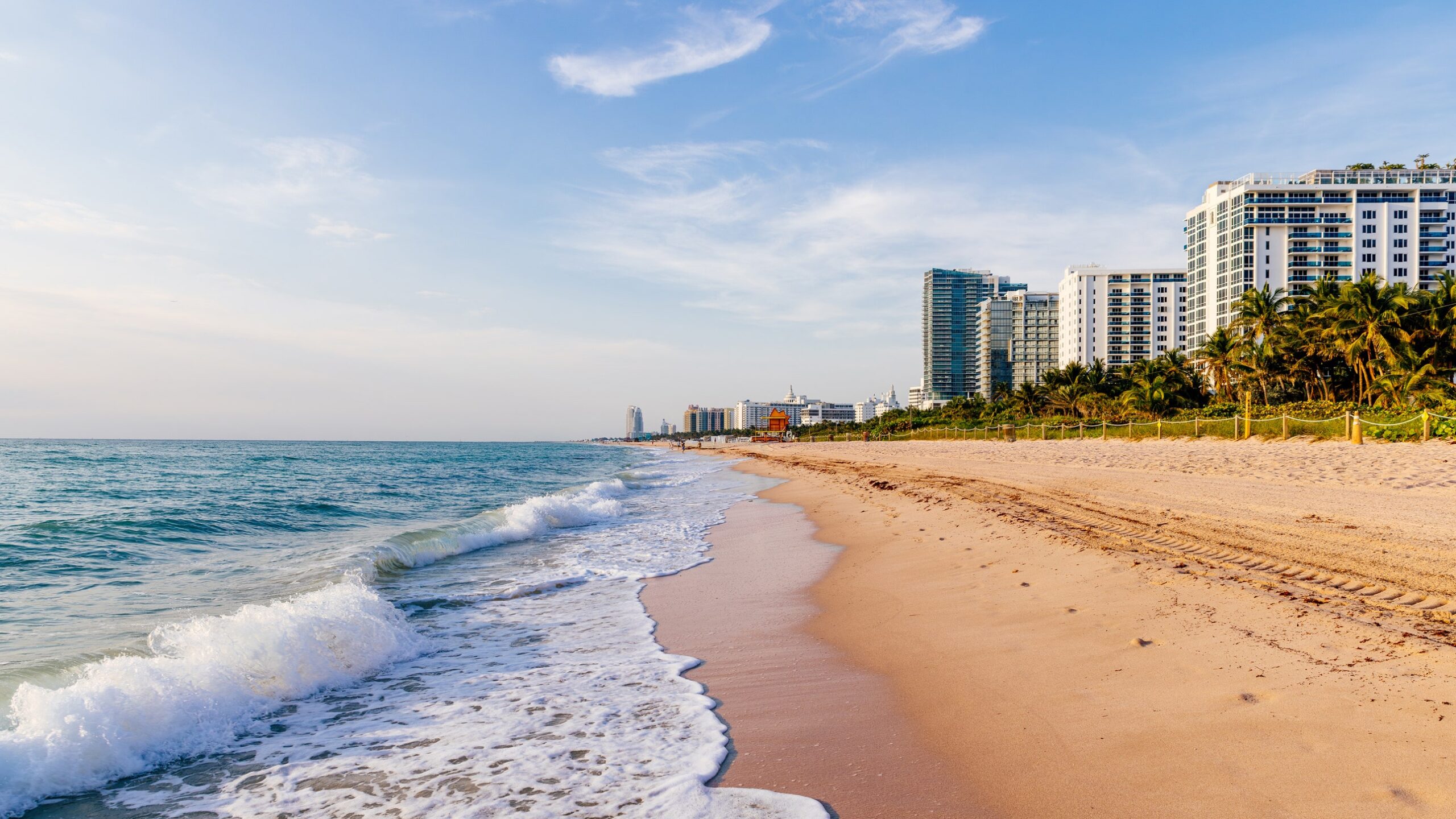We’ve all seen those forehead-slap-inducing headlines about a negligent tourist doing something downright egregious on Native American homelands. It’s easy to scoff, but the reality is that even the most well-intentioned travelers among us can make mistakes—say, inadvertently perpetuating harmful stereotypes or unknowingly trespassing onto protected lands.
With Indigenous tourism on the rise, it’s important to act with cultural consciousness as you move through Indian Country, a general term that describes the hundreds of sovereign, self-governing tribal nations across the United States with their own laws and regulations. That’s true whether you’re intentionally traveling to learn from and about Native communities, or visiting popular attractions situated on ancestral lands and/or current Indian reservations.
We asked top Indigenous tourism experts, from Oklahoma to Alaska to Hawaii, what they wish travelers knew before visiting. While there are no definitive rules that can be applied in all spaces and scenarios, they share 12 tips, below, that can act as strong starting points for anybody aiming to visit Native American homelands in a more respectful manner.
1. No matter where you stand, know whose land you’re on.
“A lot of Indigenous communities have been displaced, and it’s important to realize you’re a guest on these lands,” says Emily Edenshaw (Yup’ik/Iñupiaq), president and CEO of the Alaska Native Heritage Center in Anchorage. “For instance, even though I’m Alaska Native, I’m not native to the lands where I live, known as Dena’ina Ełnena. Therefore I have a responsibility to learn about the true history of this place and the Indigenous peoples who live here.” In short, do your homework researching both the past and present inhabitants of an area. This is a great way to better understand the world around you even when not traveling, since Native American history has largely been left out of American history. Interactive maps, like the one at native-land.ca, allow travelers to find this information easily.
2. Appreciate that Indigenous cultures are not extinct nor a monolith—two of the most common myths.
“There’s this false narrative out there that Native people are no longer here even though there are 7.2 million of us living in the United States,” says American Indian Alaska Native Tourism Association (AIANTA) CEO Sherry Rupert (Paiute/Washoe). “In reality, there are 574 federally recognized tribes as well as state-recognized tribes and others seeking recognition all across this nation. Much of our culture is based on the resources around us, so every community you visit will be very different from the next. I don’t want anyone to ever think because they’ve visited one tribal community that all the others are going to be the same.” That also goes for cultural protocols, which can vary greatly between destinations.
3. Support Native-led organizations and initiatives whenever possible.
This can be tricky, as there are countless non-Native entrepreneurs eager to capitalize on the rising Indigenous tourism trend. For planning a trip in the US, rely on a trusted resource such as NativeAmerica.travel, which the AIANTA created in collaboration with Native communities to showcase a growing list of top destinations, experiences, and travel itineraries. Many tribal nations also have their own tourism departments, which offer online resources for visitors. When in doubt, look for a stamp of approval such as a tribe’s official seal or certification through a program like Alaska’s Silver Hand initiative, which helps consumers identify authentic goods. This goes a long way in uplifting communities that have long faced economic hardships due to historic injustices.
4. Pre-trip, check your own preconceived notions.
“There’s this misconception about what Hawaiian culture is and who our people are based on centuries’ worth of misrepresentation,” says Native Hawaiian Hospitality Association Executive Director Malia Sanders (KanakaʻŌiwi). “Hawaii can’t be wrapped up in these single iconic symbols, such as the pineapple, which comes from a place of domination by the Western world, or the tiki, which isn’t even our word. Trying to correct the narrative becomes an uphill battle, because there’s so much visitor demand for things that aren’t accurate representations.” Meaning something as seemingly innocuous as buying that mass-produced trinket with inaccurate iconography can do more harm than good, because it both perpetuates stereotypes and continues to drive sales for non-Native businesses.
5. Learn some basic phrases in the Native language.
Just as you’d likely attempt to speak some Spanish while visiting Madrid or Mexico City, picking up some basic phrases in the destination’s Native tongue is a sign of respect, empathy, and enthusiasm. For example, the Alaska Native Heritage Center offers resources to teach travelers how to say “thank you” in the more than 20 Alaska Native languages. Similarly, it’s best to refer to individuals and communities using their chosen terminology, which could range from “Indigenous” to “Native American” to “American Indian” to their unique tribal affiliation—again in their own language. Visit a tribe’s official website to get a feel for that group’s preferred phrasing and pay close attention to on-the-ground cues.
6. Know that not every experience is available to tourists.
“There are sensitive areas on our homelands such as burial grounds, and many tribes have closed those spaces off to visitors,” says Rupert. In addition to watching your (literal) step, you should be wary of unfettered access to sacred activities such as sweat lodges and sun dances. “Selling ceremony to general visitors is in direct conflict with how Native communities think about these sacred experiences,” says Kelli Mosteller (Potawatomi), executive director and CEO of the First Americans Museum (FAM) in Oklahoma City, Oklahoma. “People seeking out these kinds of ‘authentic’ experiences should proceed with great caution, because oftentimes they are being run by non-Native entities.” This is where tapping those trusted resources is key, as they’ll outline legitimate activities where the public is welcome.




















Leave a Reply